This post first appeared at LinkedIn Pulse
How do you select the right people for YOUR team?
That was the question I needed answered last year when I was asked by my Project Manager, Kris Declerck, @Digipolis Ghent to recruit new .NET developers. We needed for our Scrum team of our new project Sirius new quality developers. My part of the recruitment was to test their Scrum knowledge and experience, as Scrum has become more and more essential in our way of software development.
I was all excited! But how to go about it?
I wanted to do it differently, not the standard boring way like a lot of companies do. Also, everyone can be well prepared thanks to this little tech invention called the Web. So, how to do a thing that everyone knows but do it in a different way with the same or even better results?
Who am I? I am Marc, Agile consultant working for Equalminds. I am currently Scrum Master at our client @Digipolis Ghent for 3 projects and Scrum coach for 2 other projects for the same client.
LEGO®
During my thinking process I remembered my one day of Lego® Serious Play workshop from 2 years ago with Luc Segers, founder of Equalminds and the best boss I’ve ever had. We both were very impressed by the power of these little colorful building blocks. Could I use this for my case? Isn’t Lego® too childish? Perhaps for some or even for many but that teaches me one thing: the openness to new things of someone. And would I like someone who isn’t open minded in my team?
So, in part 1 of this blog I will guide you through the working method that I’ve developed.
This method will get the candidates out of their comfort zone, as they can’t prepare for it. And the best of all…they don’t expect it. Thus, allowing me to assess the person quite well in a limited time but quite stressful for them, of course. It will allow me to discover behaviors as:
- How the candidate handles and resolves complex and unclear issues
- Their creativity
- Their openness
- Their personality
- Their learning potential
- Their ability to self-reflect
- Their motivation
- How they handle stress
- Their communication skills
- Their customer focus
Or as Plato once said “You can discover more about a person in an hour play then in a year of conversation”
The method
So, how does my method work? You need a hands-on exercise with:
- 3 Sprints (time box)
- 3 Reviews (demo)
- 3 Retrospectives (evaluation & self-reflection moments)
The exercise
The candidate needs to build in 3 sprints 3 items, e.g.
- a car
- a garage
- a terrace
The items can vary. Each item receives business value (= priority) and complexity (= story points) to build it. The business value is to test the customer mindedness of the candidate.
Example
The Sprints
These items must be built in 3 iterations (= sprints) of 3 minutes each, in total 9 minutes. When the candidate is ready his/her 3 minutes (= first sprint) start and it’s time for you to observe how the candidate handles the situation and the exercise. You count down out loud to test the stress level of the candidate.
The demo
After 3 minutes the candidate shows what he/she has built (= demo). You check together if he/she has met your requirements; if the candidate asked for them, of course. Was he/she able to finish the item to build?
During the demo you act as the (un) satisfied customer depending on what you’d like to find out of the candidate. Watch how he/she reacts to your feedback, comments and critique.
Time for self-reflection (the retrospective) and learning
After the demo you ask how he/she experienced this sprint (= evaluation and self-reflection). This allows you to detect whether the person can (easily) learn from his/her experience from the first sprint and will use his/her experience in the second and third sprint.
Don’t let the 3×3 minutes mislead you. Depending on the candidate the Lego® exercise does take about 45 minutes to an hour when done thoroughly, and depending on the interactivity with the candidate.
To keep the element of surprise, when working with preferred recruiters for instance or if my method would get word, there are many variations possible:
- Let the candidate work together with existing team members (team player);
- Other items in the exercise that we successfully introduced were e.g. an airplane, a motorcycle, a trailer, a track & field, a locker room (creativity)
- Change the business value and the story points (customer focus & logic)
- Play good cop & bad cop (confrontation)
- Etc.
Do you want to know more about my findings with my recruiting method, about the evaluations of some candidates? Would you like to know more about the reactions of some candidates? How THEY experienced the power of Lego®? Their experiences are more valuable to me because they speak for themselves as the outcome of my little personality assessment.
Would you like to find out how effective it is for our client Digipolis Ghent and for Equalminds after doing 86 job interviews for them? Then read part 2 of my blog coming soon: job interviews with Lego® – the evaluation.
In the meantime here is a link to another blog of Federik Vannieuwenhuyse describing his experience about my recruiting method (in Dutch): Recruitment met Lego blokjes
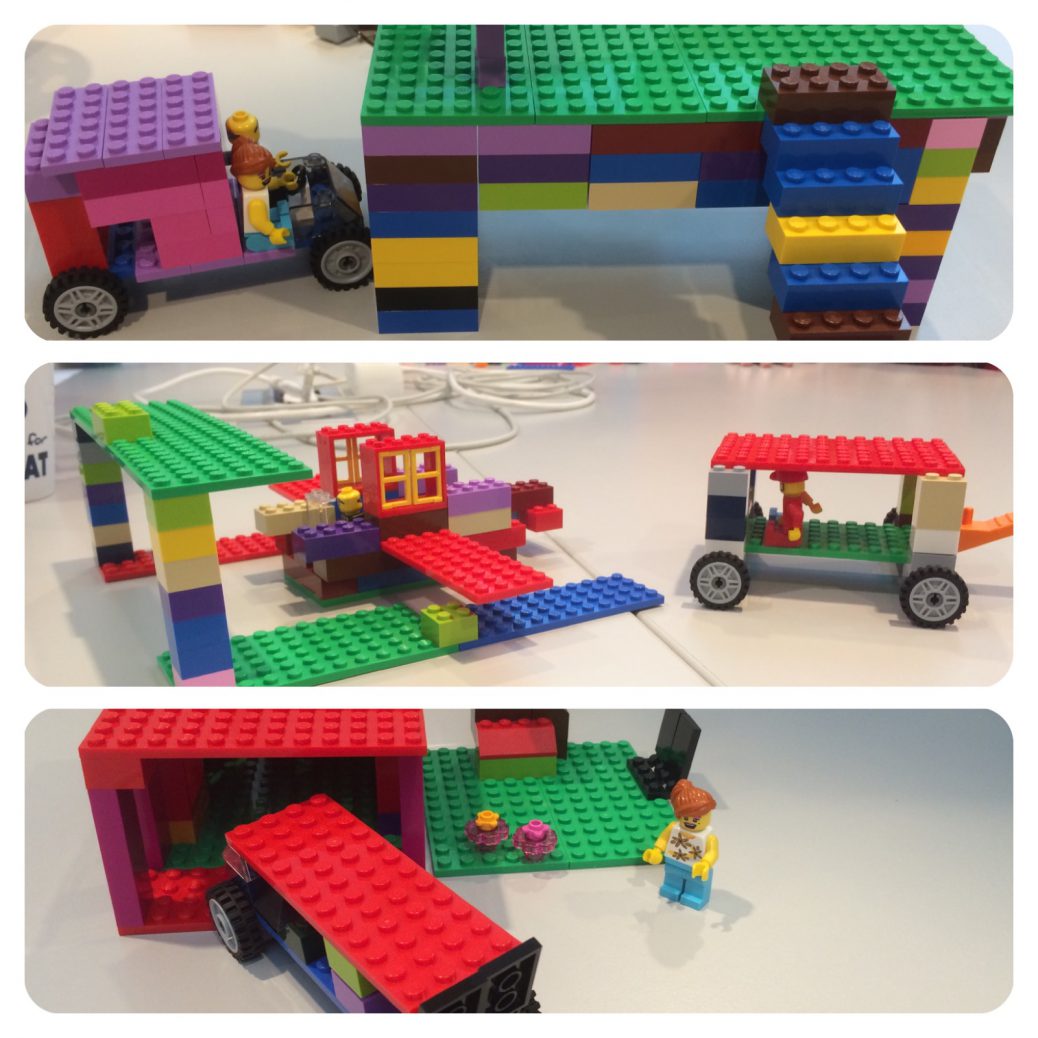

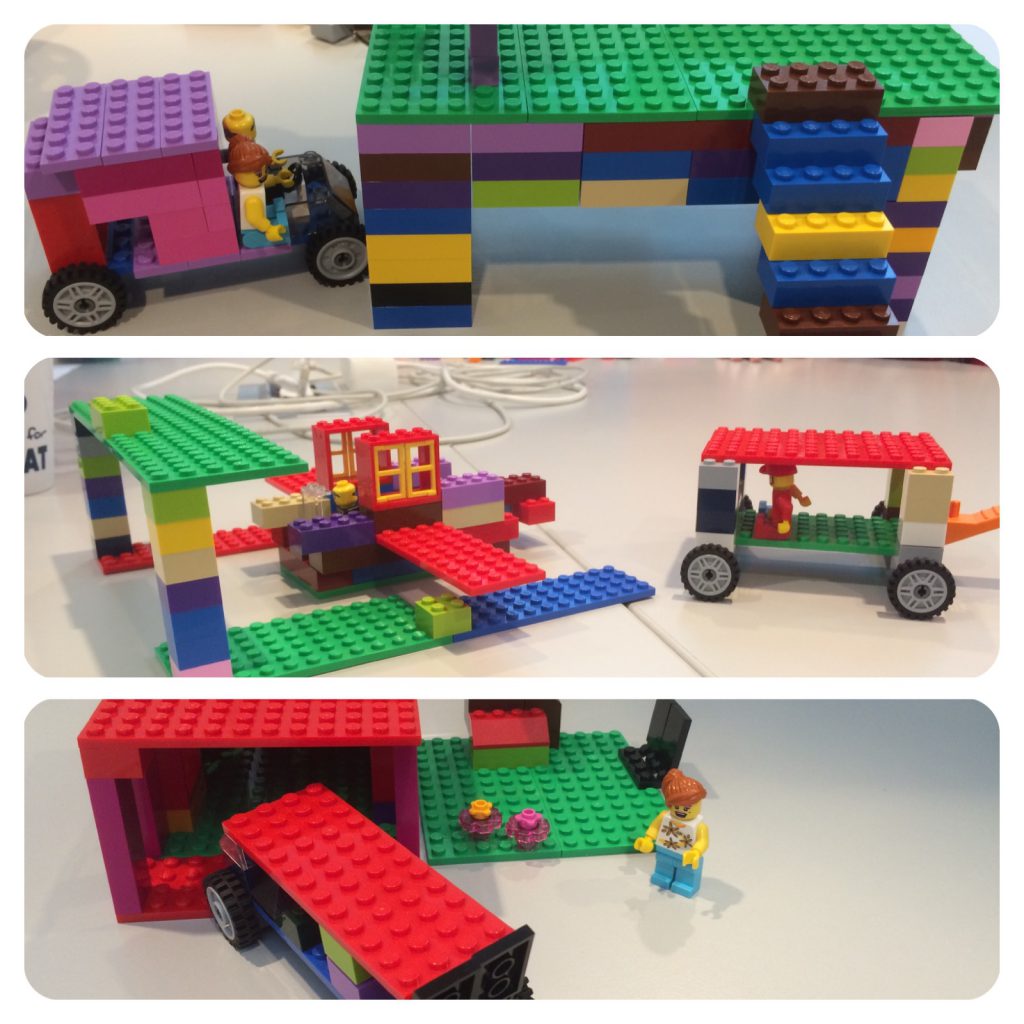
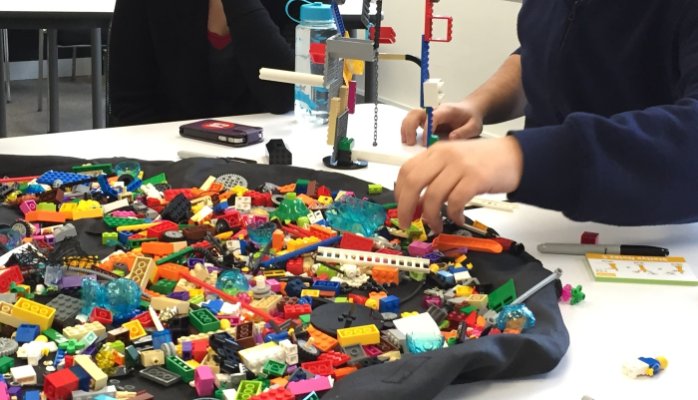
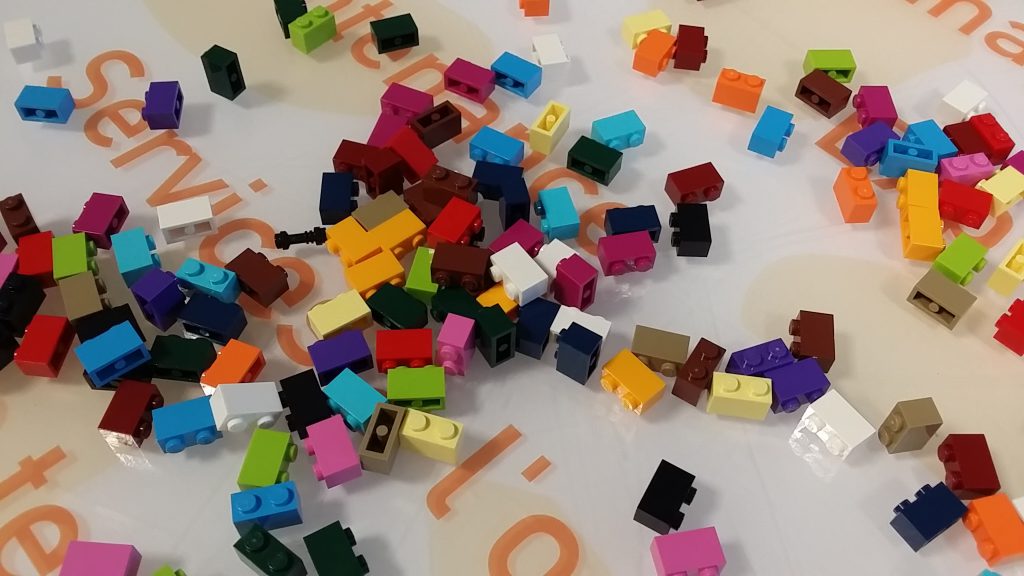

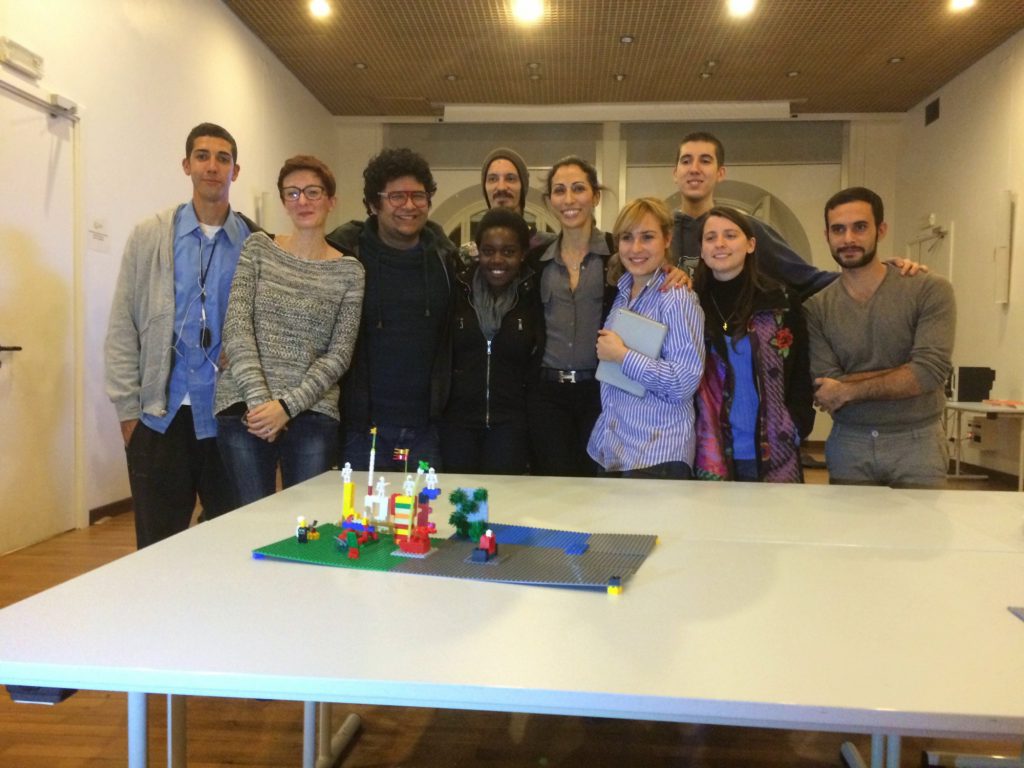

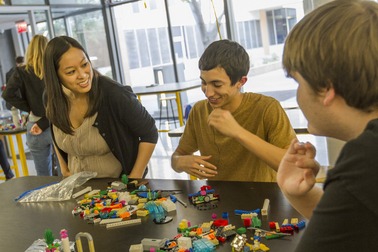
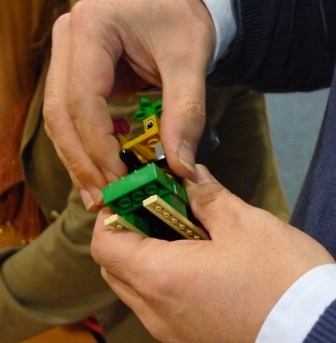
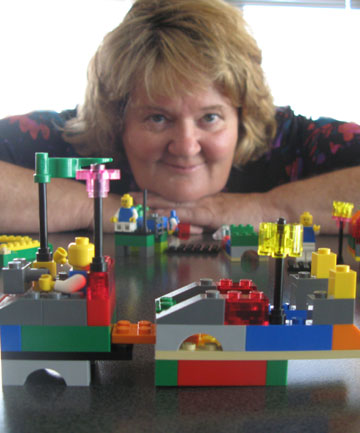

 Become a LEGO Serious Play facilitator - check one of the upcoming training events!
Become a LEGO Serious Play facilitator - check one of the upcoming training events!